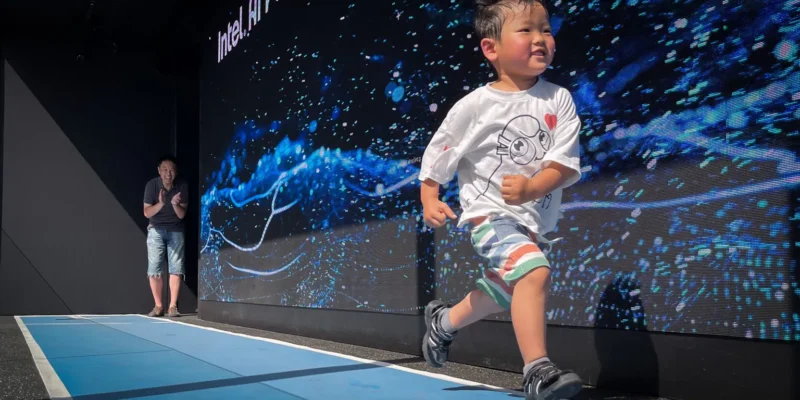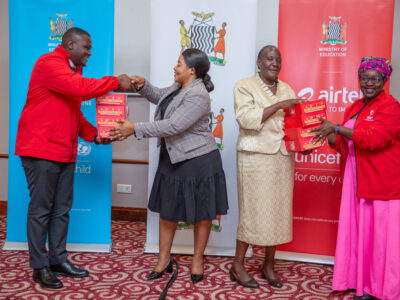Fans at the Olympics are getting a glimpse of a new AI-powered talent spotting system designed to identify the gold medallists of the future. The system’s developers aim to create a portable version of the technology, bringing advanced sports science to remote areas worldwide.
According to a report by the BBC, the system gathers data from five tests, including running, jumping, and measuring grip strength.
This information is then analyzed to assess a participant’s power, explosiveness, endurance, reaction time, strength, and agility, comparing the results with data from professional and Olympic athletes.
“We’re using computer vision and historical data, so the average person can compare themselves to elite athletes and see what sport they are most physically aligned to,” says Sarah Vickers, head of Intel’s Olympic and Paralympic Program.
After completing the tests, participants receive feedback on which sport they are best suited for from a list of ten options. Intel has assured that all data collected during the process is deleted once the analysis is complete.
Read More: AI technology detects heart attack risk 10 years ahead, revolutionising cardiac care
The AI system, currently available to fans at Paris 2024, has a smaller, more portable counterpart that can be used on most devices equipped with a basic camera and minimal computing power.
This technology can assess athletic performance by analyzing video footage without the need for physical sensors.
Recently, the International Olympic Committee took the system to Senegal, where it was used in five different villages to assess over 1,000 children for their athletic potential.
In partnership with Senegal’s National Olympic Committee, the system identified 48 children with “huge potential,” including one child with “exceptional potential” following a second round of more advanced testing.
WARNING! All rights reserved. This material, and other digital content on this website, may not be reproduced, published, broadcast, rewritten or redistributed in whole or in part without prior express permission from ZAMBIA MONITOR.












Comments